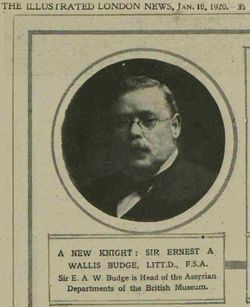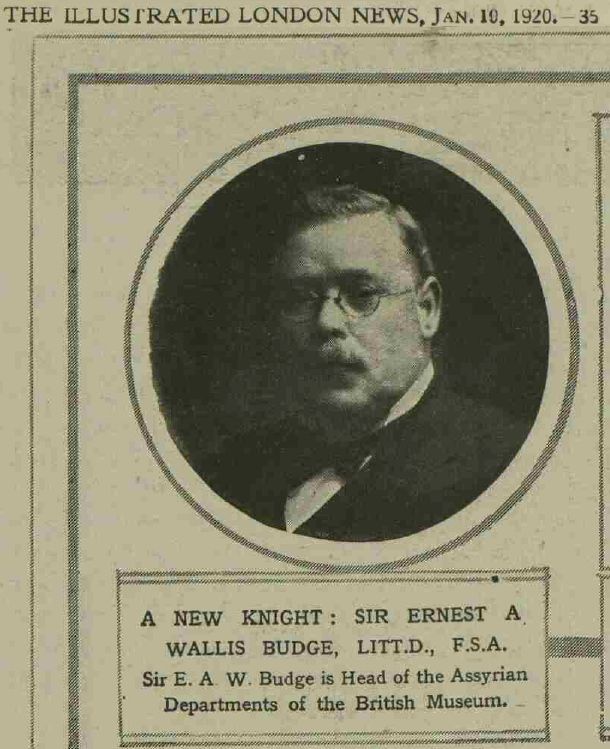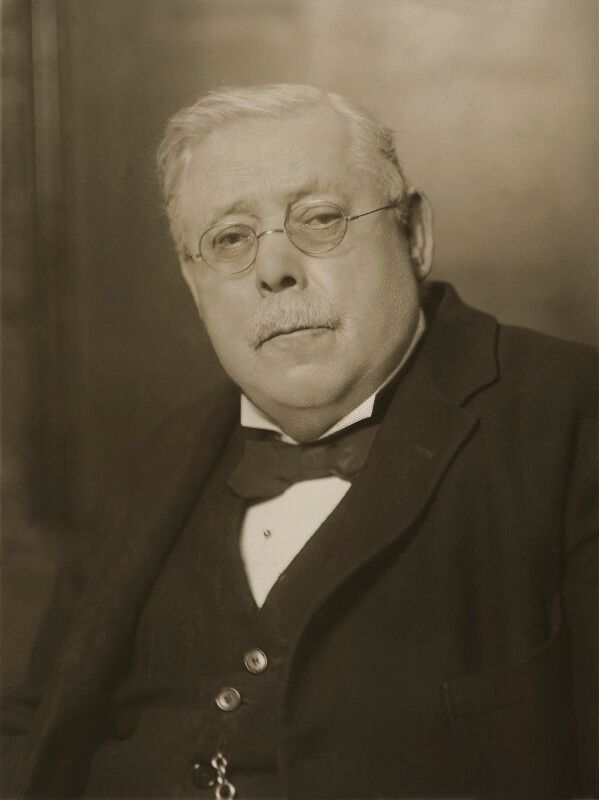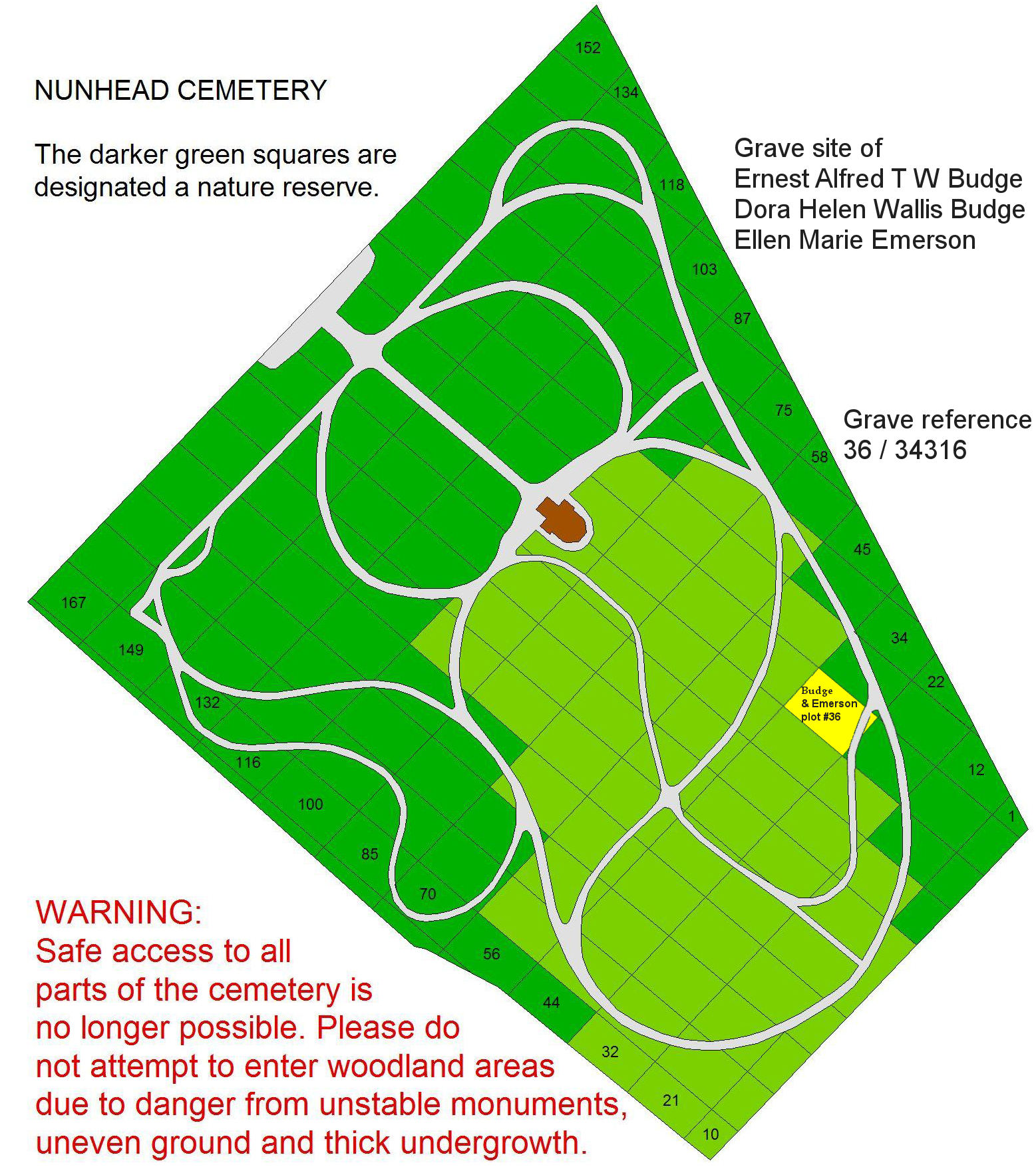Along with study at University of Cambridge he entered Christ's College where he continued study of Hebrew and Assyrian, winning the Tyrwhitt Hebrew Scholarship in 1882. He earned a Master's and Doctorate at Cambridge and Doctors of Letters at Oxford and Durham. He distinguished himself in the ancient languages of Assyrian, Hebrew, Syriac, Ethiopic, Egyptian and Coptic. In addition he acquired some ability in spoken Arabic and reading knowledge of European languages.
After earning his Bachelor's and while a Hebrew Tyrwhitt scholar Budge married the Reverend Titus Emerson's daughter, Dora Helen in 1883. They were married without children for 57 years until her death in 1926. Budge wrote the two volume "By Nile and Tigris" based on letters he had written to his wife during his travels. His dedication to her persisted after her death in the Lady Wallis Budge endowments he bequeathed in her memory as fellowships and graduate scholarships to Cambridge and Oxford Universities.
Budge put his linguistics gifts to use at the British Museum with his larger than life ambitions, earning his way up to the Keeper of the Egyptian and Assyrian Antiquities. He was deputized to oversee British Museum archaeology sites in Mesopotamia, to which he made many trips, traveling with the natives under dangerous conditions. Among his 100 plus books, the "By Nile and Tigris" narrative of those Middle Eastern trips charms by its personal origins as much as its overview of history in Mesopotamia and glimpses at the rudimentary archaeological standards of the day. Budge's Victorian language, while direct and clear, recounts each story utterly politely, laced with humorous innuendos as an entertaining archaeological travelogue.
Sir Wallis Budge remains a cherished as well as controversial personality even eight decades after his passing, loved especially for his voluminous literary output. While modern academics criticize his texts for their dated content or hasty execution, they remain in print, accessible to the layperson. If current Egyptologists rate his antiquities collection methods harshly, they forget that the British Museum tacitly approved and outright rewarded his contributions to their collections. He was a gifted, ambitious man of his era, loyal to his employer.
He rests with his wife and in-laws in the Nunhead Cemetery, known for its ruined Gothic chapel among woods and Victorian headstones, yet his own stone defies discovery in the 21st century.
Along with study at University of Cambridge he entered Christ's College where he continued study of Hebrew and Assyrian, winning the Tyrwhitt Hebrew Scholarship in 1882. He earned a Master's and Doctorate at Cambridge and Doctors of Letters at Oxford and Durham. He distinguished himself in the ancient languages of Assyrian, Hebrew, Syriac, Ethiopic, Egyptian and Coptic. In addition he acquired some ability in spoken Arabic and reading knowledge of European languages.
After earning his Bachelor's and while a Hebrew Tyrwhitt scholar Budge married the Reverend Titus Emerson's daughter, Dora Helen in 1883. They were married without children for 57 years until her death in 1926. Budge wrote the two volume "By Nile and Tigris" based on letters he had written to his wife during his travels. His dedication to her persisted after her death in the Lady Wallis Budge endowments he bequeathed in her memory as fellowships and graduate scholarships to Cambridge and Oxford Universities.
Budge put his linguistics gifts to use at the British Museum with his larger than life ambitions, earning his way up to the Keeper of the Egyptian and Assyrian Antiquities. He was deputized to oversee British Museum archaeology sites in Mesopotamia, to which he made many trips, traveling with the natives under dangerous conditions. Among his 100 plus books, the "By Nile and Tigris" narrative of those Middle Eastern trips charms by its personal origins as much as its overview of history in Mesopotamia and glimpses at the rudimentary archaeological standards of the day. Budge's Victorian language, while direct and clear, recounts each story utterly politely, laced with humorous innuendos as an entertaining archaeological travelogue.
Sir Wallis Budge remains a cherished as well as controversial personality even eight decades after his passing, loved especially for his voluminous literary output. While modern academics criticize his texts for their dated content or hasty execution, they remain in print, accessible to the layperson. If current Egyptologists rate his antiquities collection methods harshly, they forget that the British Museum tacitly approved and outright rewarded his contributions to their collections. He was a gifted, ambitious man of his era, loyal to his employer.
He rests with his wife and in-laws in the Nunhead Cemetery, known for its ruined Gothic chapel among woods and Victorian headstones, yet his own stone defies discovery in the 21st century.
Family Members
Sponsored by Ancestry
Advertisement
Advertisement








